Orchids are more popular than ever, and almost every grocery store sells them.
One reason orchids have become favorites is that people have learned that caring for orchids isn’t nearly as intimidating as it seems.
Orchids are the crown jewels of the plant kingdom. Their reputation as hard to grow makes some indoor gardeners hesitant to take the plunge.
However, with the right knowledge and patience, you can successfully cultivate these tropical beauties in your home.
Let's look at 21 tips for growing and displaying orchids indoors.
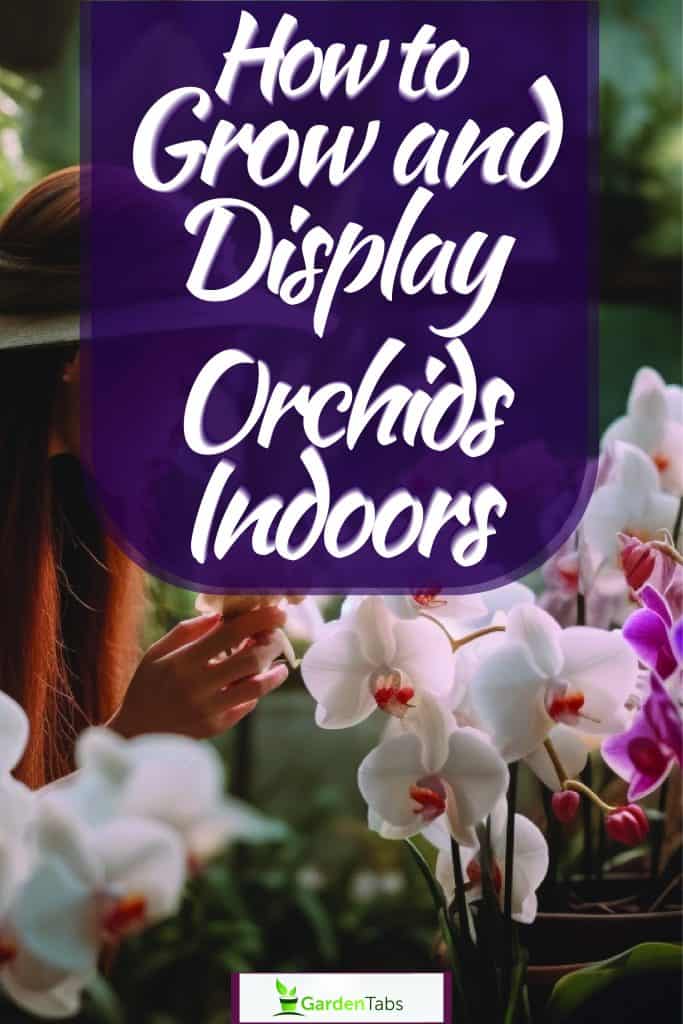
Part I: Cultivating Orchids Indoors - Mastering the Art of Orchid Care
1. Selecting the Right Orchid
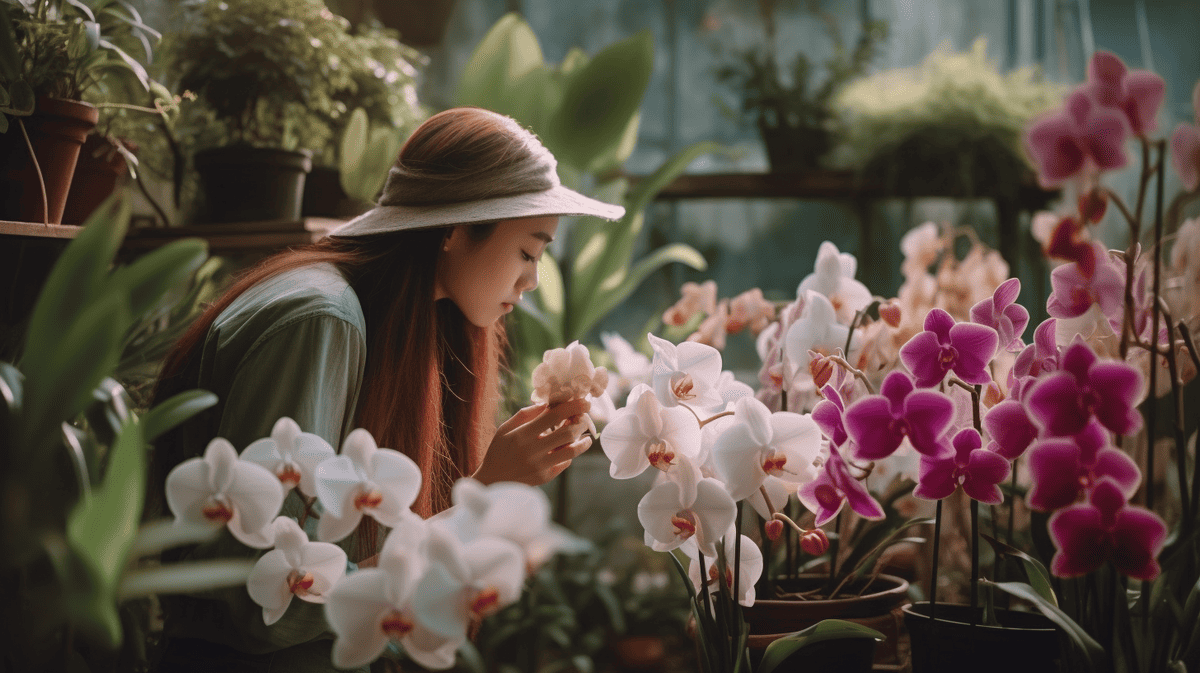
Orchids come in all shapes, sizes, and levels of care complexity. For indoor cultivation, some are more accommodating than others.
The Phalaenopsis, or moth orchid, is often recommended for beginners due to its relatively straightforward care requirements, resilience, and habit of blooming throughout the year, brightening your home with its delicate flowers.
2. Perfecting the Light
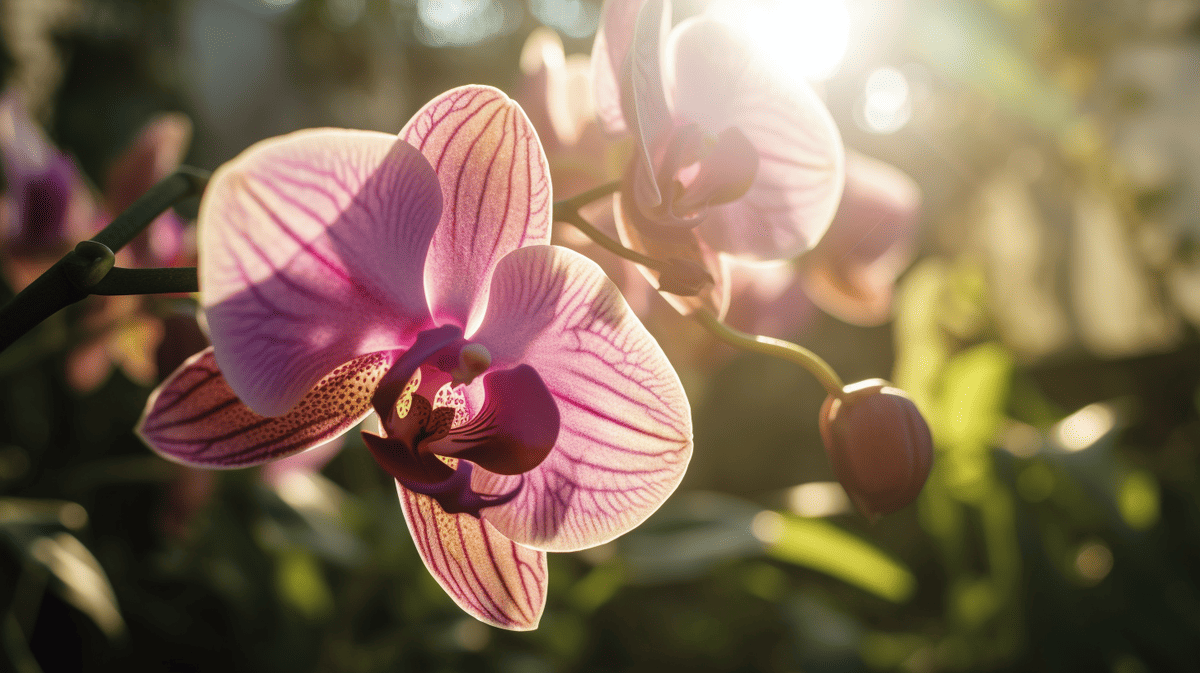
Like many plants, Orchids have a bit of a Goldilocks complex for light – they like it just right.
Typically, bright but indirect light works best for these tropical beauties.
Placing them near a north or east-facing window often hits the sweet spot of sufficient light without the damaging effects of the harsh midday sun.
3. Temperature Control
Most orchids favor intermediate temperatures, about 65-75°F during the day, dropping to a slightly cooler 55-65°F at night.
Mimicking this day-night temperature fluctuation can sometimes stimulate the plant to produce spectacular blooms.
4. Humidity
A Tropical Necessity: Orchids hail from humid, tropical climates, so providing them with a relative humidity of 40-60% can make them feel at home.
This can be achieved by placing the plant on a tray filled with pebbles and water, with the pot sitting on the pebbles and not in the water, or using a home humidifier.
5. Watering Wisdom
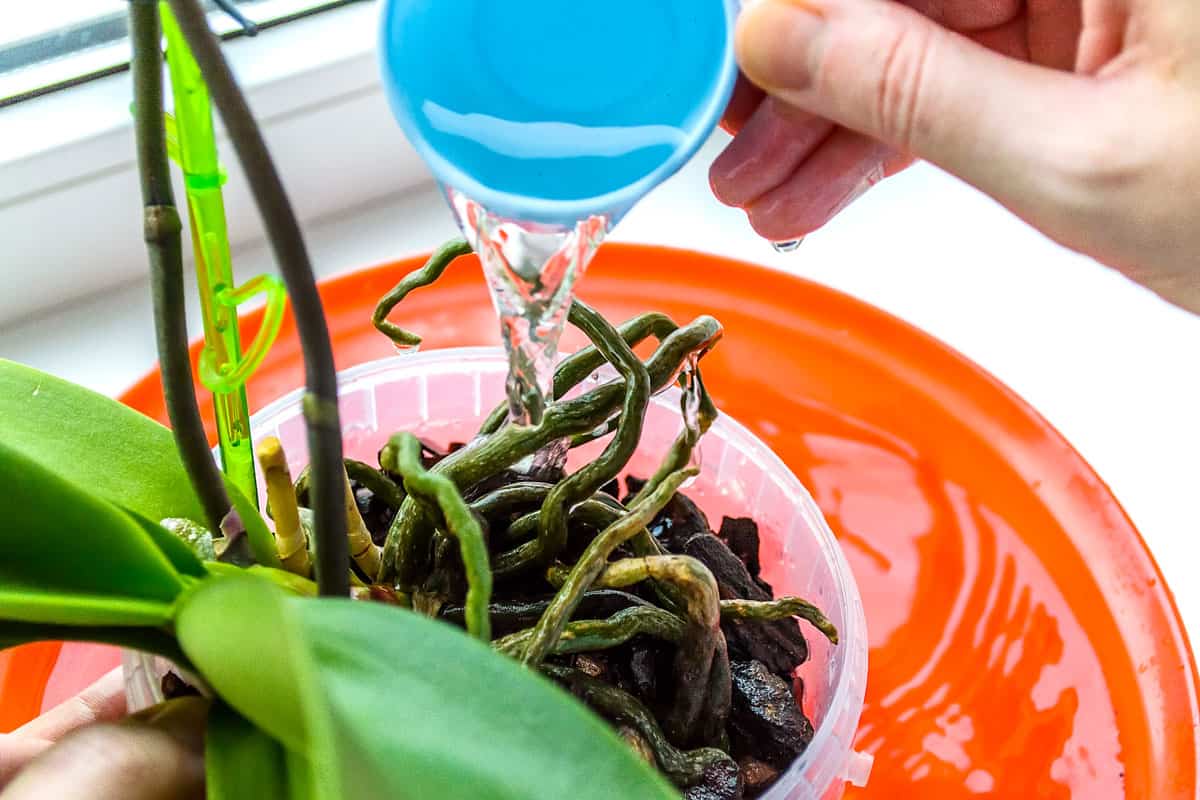
Overwatering is a common pitfall many new orchid owners fall into. These plants need regular watering but must also dry out between waterings to prevent root rot.
Typically, watering once a week is a good rule of thumb, but this can vary depending on the specific variety and your home's climate.
6. Feeding the Bloom
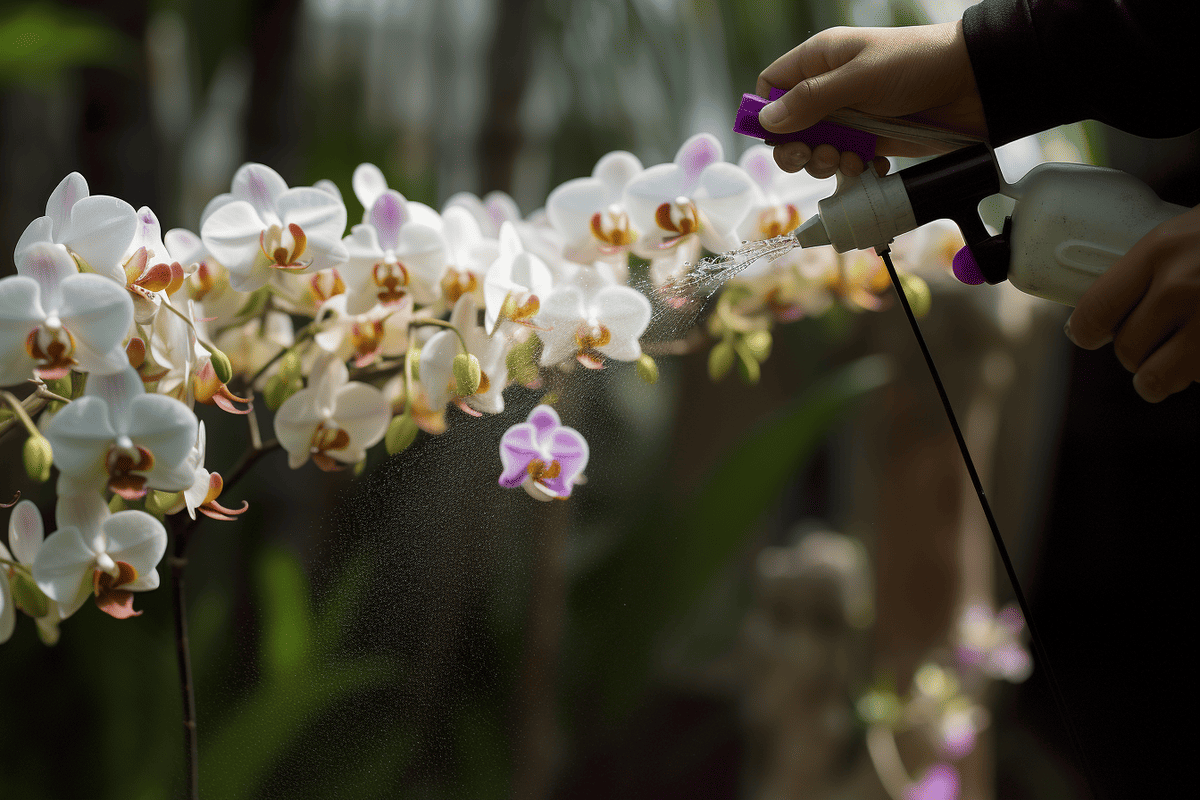
Orchids benefit from a nutrient boost every few weeks.
Feeding them with a balanced orchid fertilizer helps provide the nutrients they need to produce their gorgeous blooms.
However, remember to reduce feeding to once a month during winter when many orchids enter a resting phase.
7. Potting Medium Matters
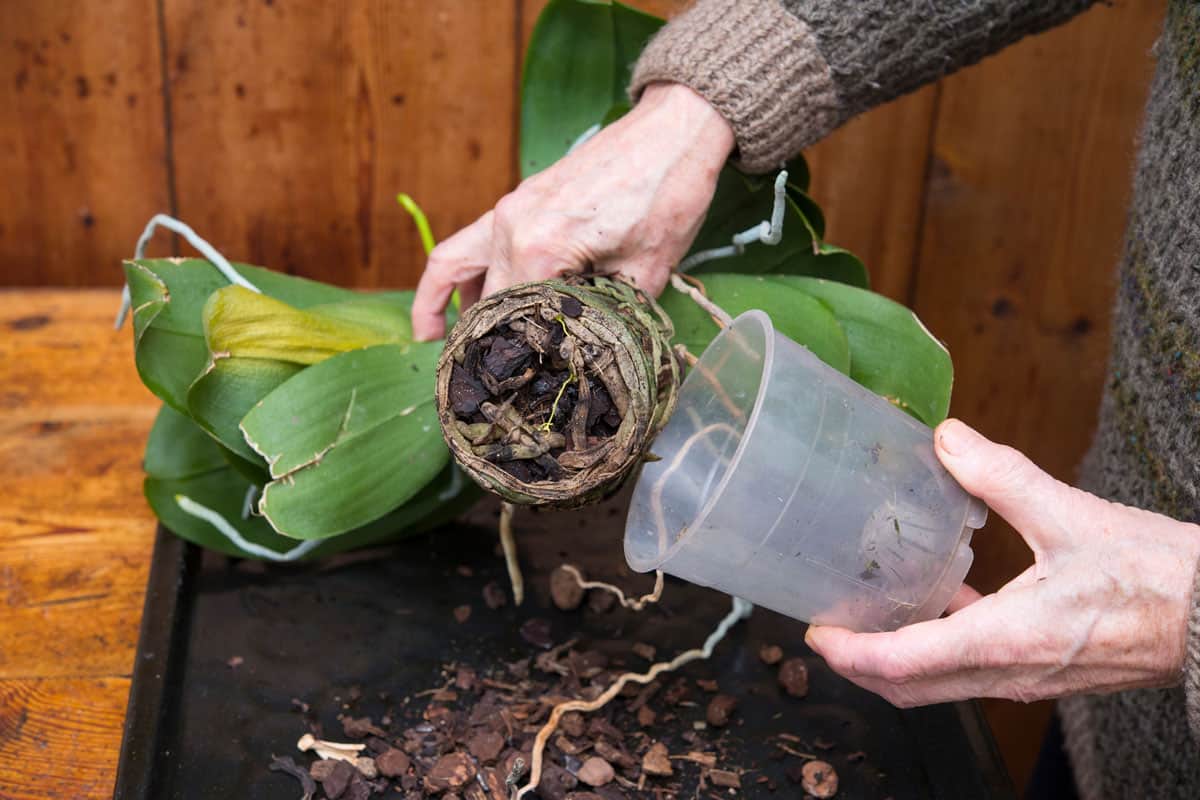
Unlike many houseplants, orchids don't grow in standard potting soil. Instead, they need a loose, well-draining potting mix often made from bark, sphagnum moss, or perlite.
This is because many orchids in their natural habitat are epiphytes, meaning they grow attached to trees and rocks, not in the ground.
8. Repotting and Root Health
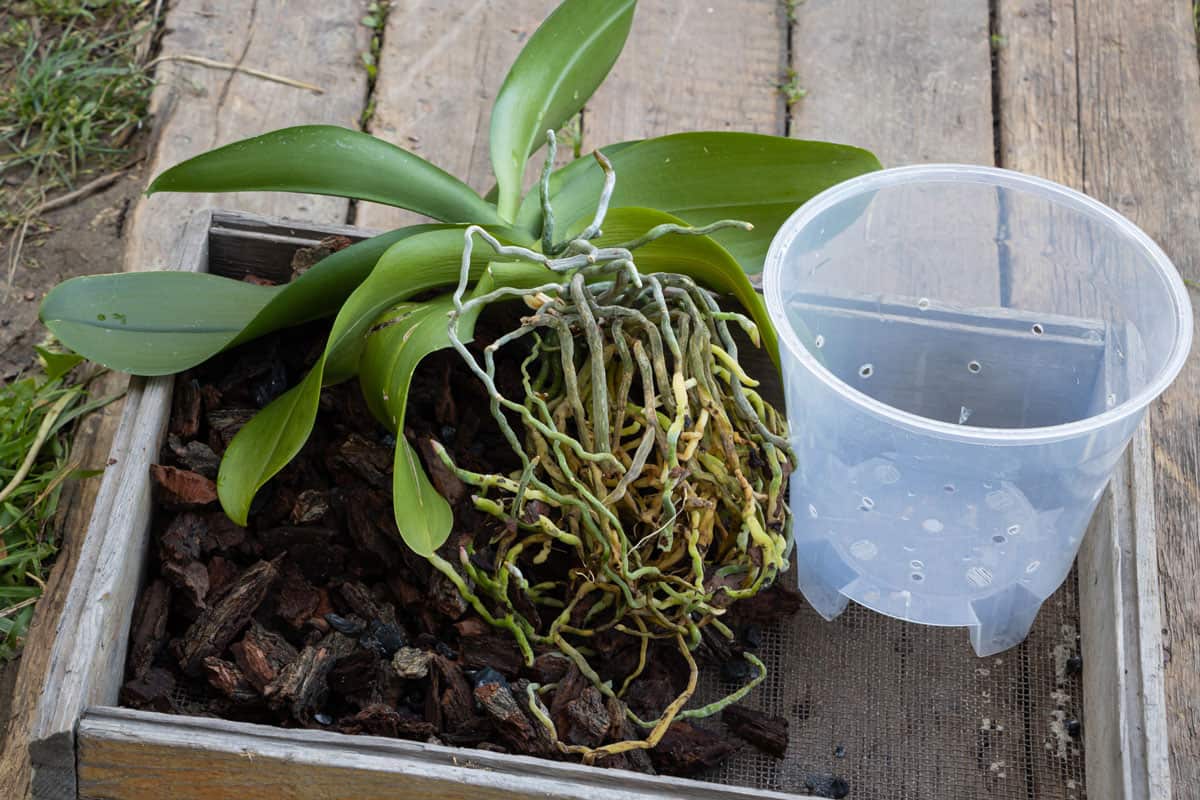
Over time, the potting medium can break down, reducing drainage capabilities and harming the plant's health.
Therefore, orchids need to be repotted every 1-2 years.
This is also a great time to check the plant's roots for any signs of disease or decay and to give the orchid a fresh start in a new, nutrient-rich medium.
9. Blooming Boost
To encourage your orchids to bloom, provide a 10-15 degrees temperature drop between day and night for a few weeks.
This change mimics the natural conditions many orchids experience in their native habitats and can help initiate the blooming process.
10. Resting and Recharging
After a lavish display of blooms, orchids need rest. During this phase, they require less watering and feeding.
It's not a sign that your orchid is dying, just that it's recharging for the next season of growth and blooming.
Part II: Displaying Orchids Indoors - Showcasing Your Living Art
Orchids aren't just plants; they're a form of living decoration. Their captivating elegance can enhance the beauty of any indoor space.
Here are some creative ways to display your indoor orchids:
11. Living Room Lovelies
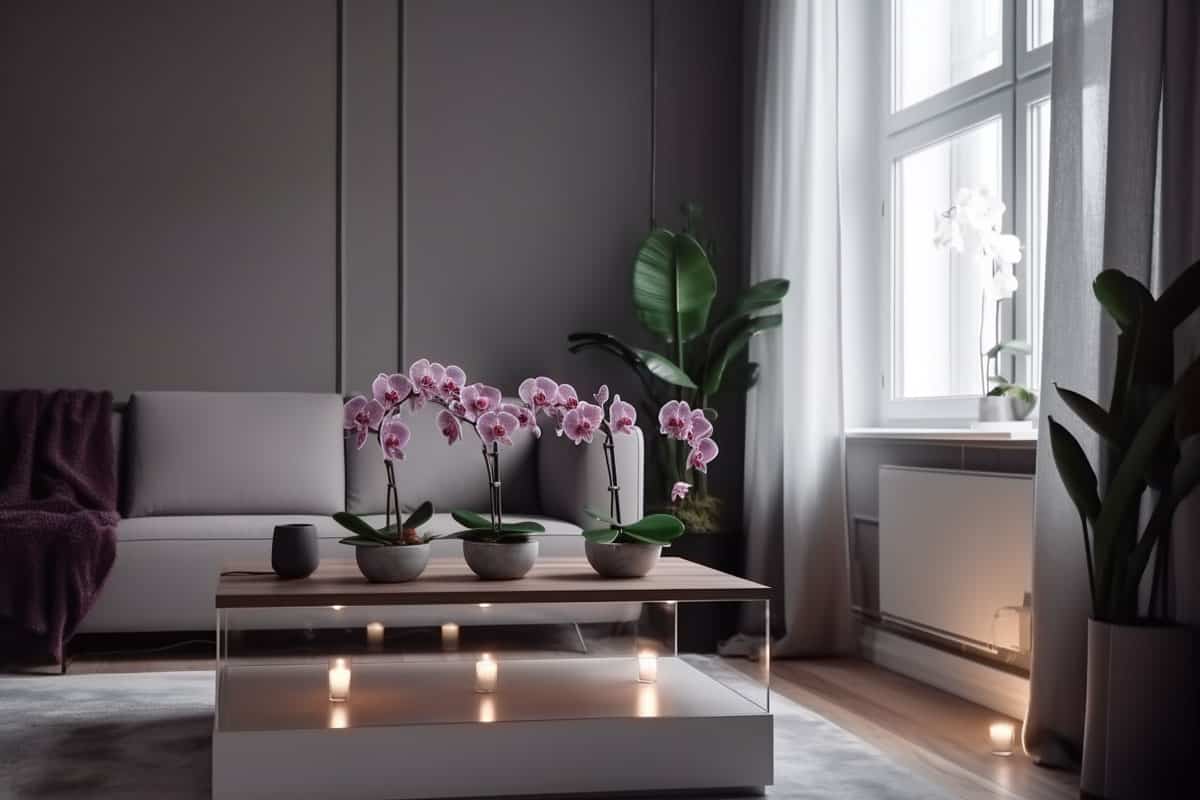
Orchids, with their exotic allure, make excellent centerpiece plants in living rooms.
Consider placing them on coffee tables, bookshelves, or mantles, where they can receive ample light and be the room's focal point.
12. Bathroom Buddies
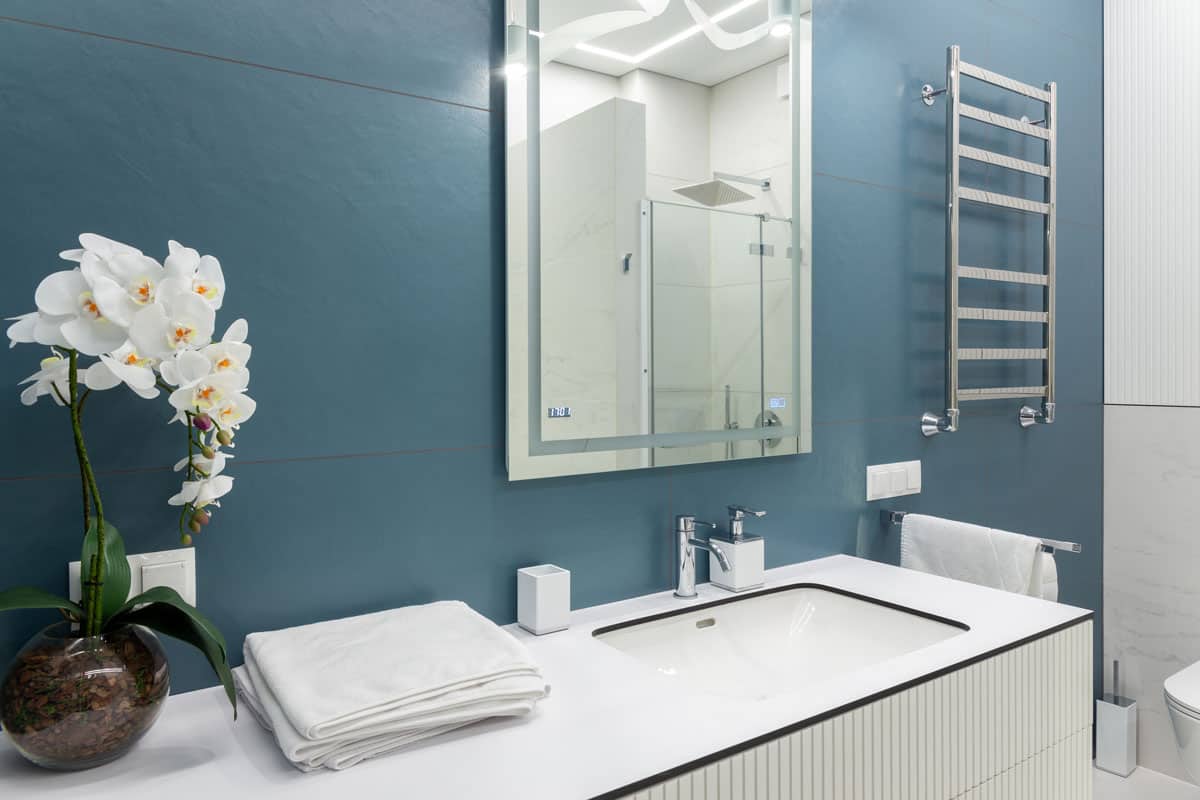
Bathrooms offer high humidity and, often, indirect light, mimicking an orchid's natural habitat.
Just ensure the temperatures don't drop too low during winter months, which can happen in bathrooms.
13. Kitchen Companions
Kitchens, similar to bathrooms, can provide a great environment for orchids due to high humidity and good light levels.
However, be mindful of temperature fluctuations from cooking, as they might not always be ideal for your orchids.
14. Grouped Glory
Orchids can create a dramatic visual impact when displayed as a group.
Not only does this create a mini indoor garden effect, but the plants also benefit from the increased humidity that their neighbors provide.
15. Tiny Terrariums
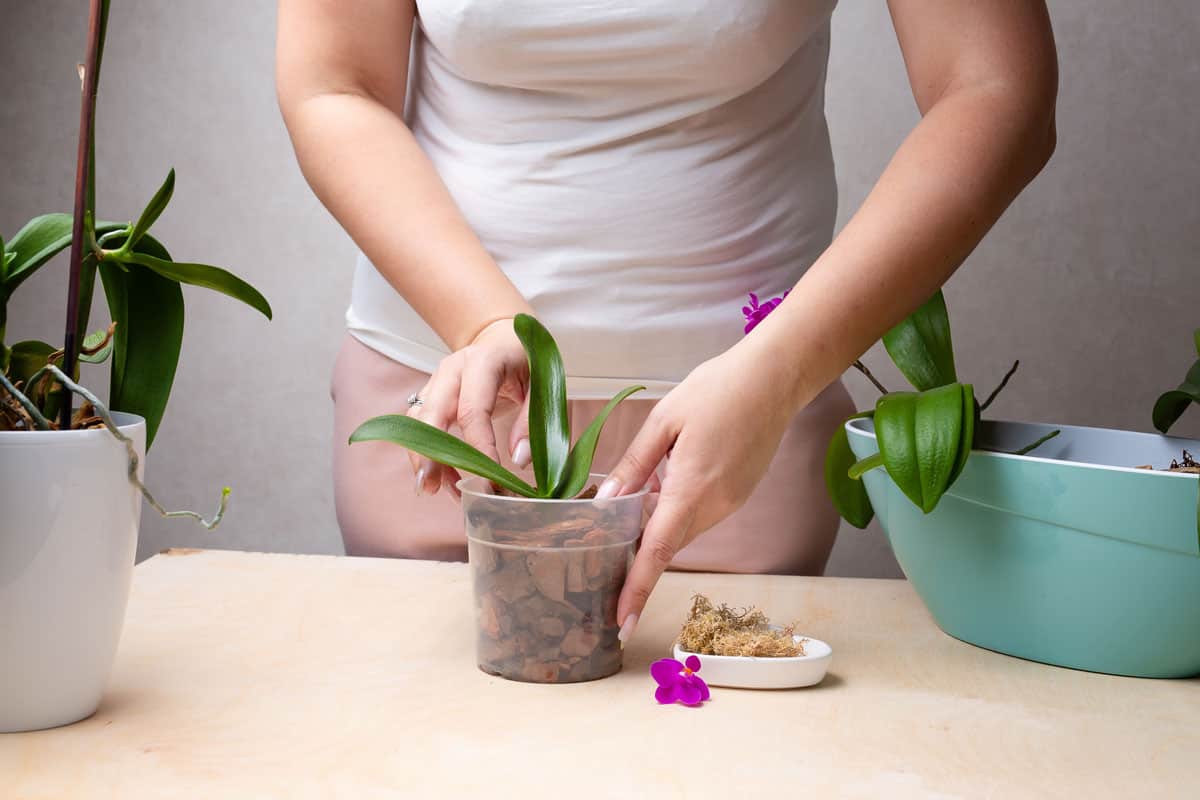
Small orchid varieties, like the Miniature Phalaenopsis, can thrive in a terrarium environment.
However, ensure good air circulation to prevent any fungal or bacterial disease, as these can increase in such closed systems.
16. Mounted Majesty
Many orchid species are naturally epiphytic and can be mounted on a plaque or bark for a unique, eye-catching wall display.
17. Window Sill Wonders
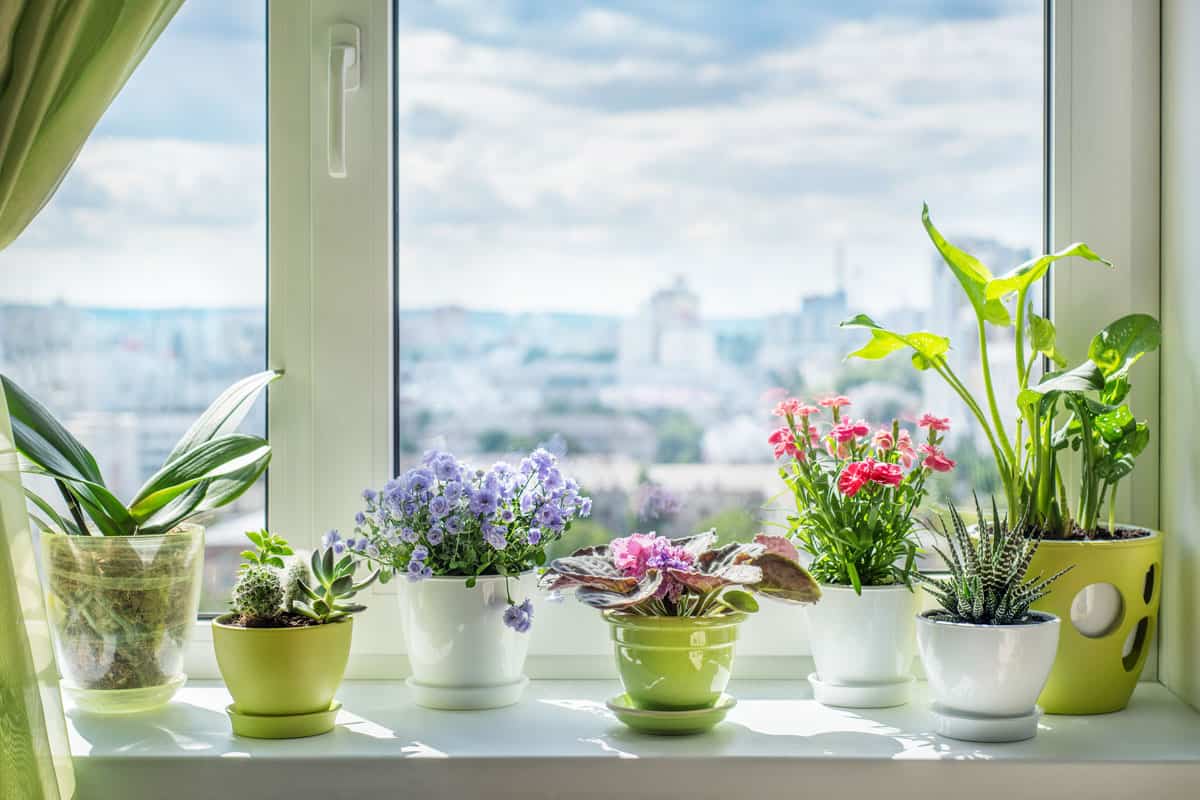
If you have a suitable window, placing an orchid on the sill can be a great way to display your plant.
They provide a lovely pop of color and a point of interest as you or your guests gaze outside.
18. Hanging Baskets
Certain orchid varieties, such as Vanda orchids, naturally grow downwards and are well-suited to hanging baskets.
Suspended orchids can give your indoor space a touch of vertical interest and a tropical feel.
19. Amazing Arrangements
Orchids can be mixed with other indoor plants in a large container or arrangement, provided all the plants have similar care needs.
This creates a dynamic visual and an interesting mix of textures.
20. Rotating Blooms
Orchids don't bloom continuously, but by rotating several plants into a prominent position when they bloom, you can always ensure some orchid splendor is on display.
21. Color Coordination
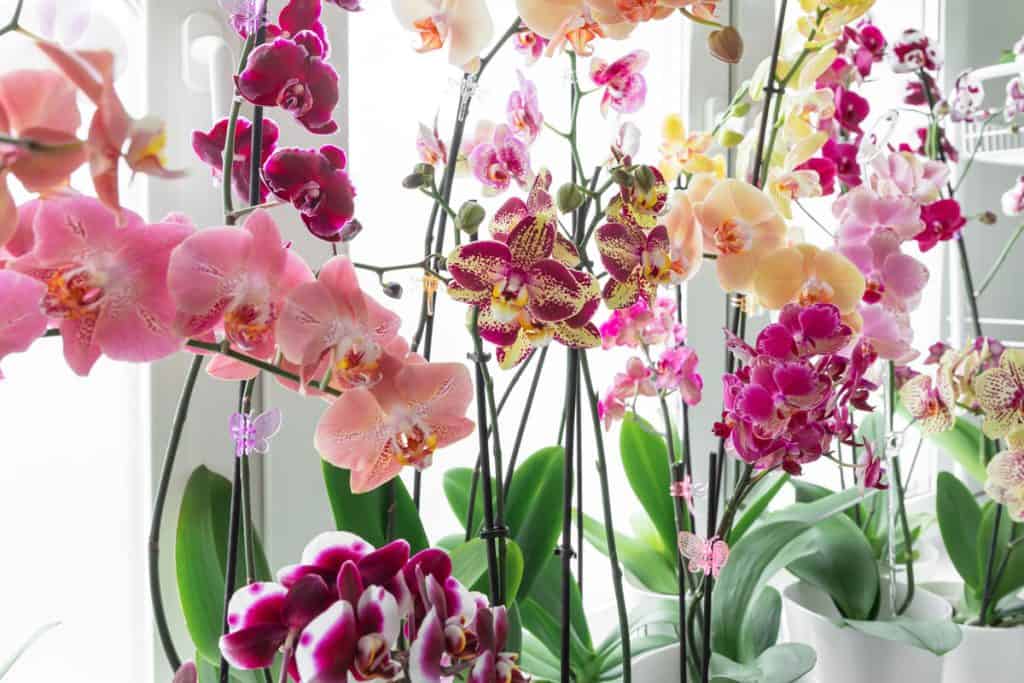
Orchids come in nearly every color imaginable. Choose varieties and colors that complement your interior decor for a well-coordinated, aesthetically pleasing look.
Enjoy these additional articles:
17 Indoor Winter Plants That Bloom With Gorgeous Flowers
What’s The Best Color Light For Plants?
With these 21 tips, you can create your indoor orchid garden.
While it's true that orchids require a bit more attention than some houseplants, their rewards, both in terms of their spectacular blooms and the sense of accomplishment you feel, are more than worth it.
Embrace the challenge, and you'll soon be an expert orchid lover.

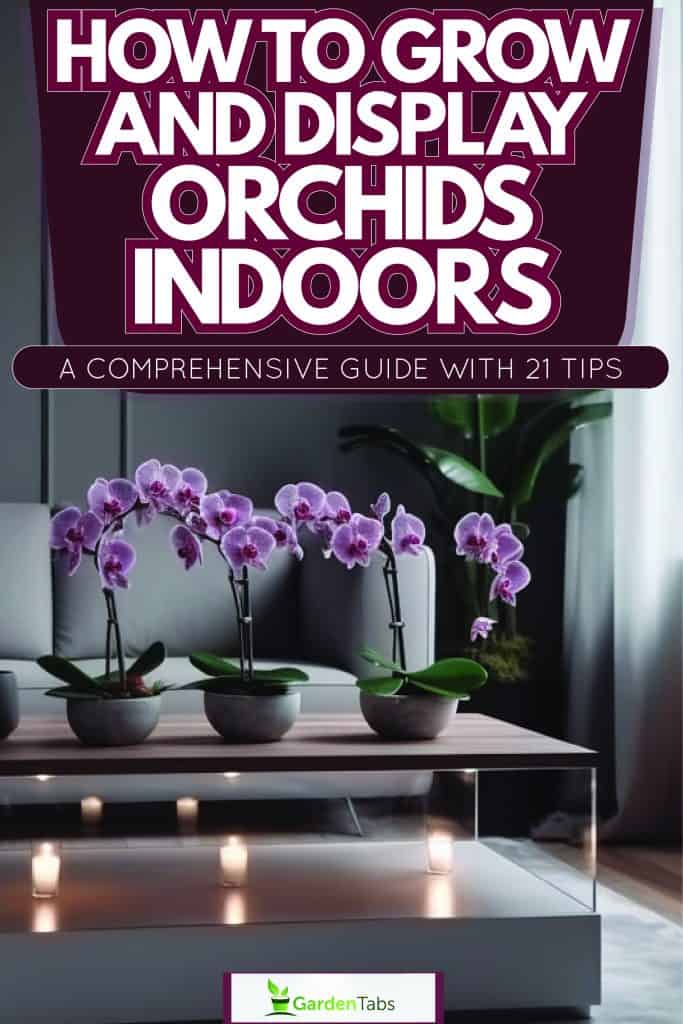

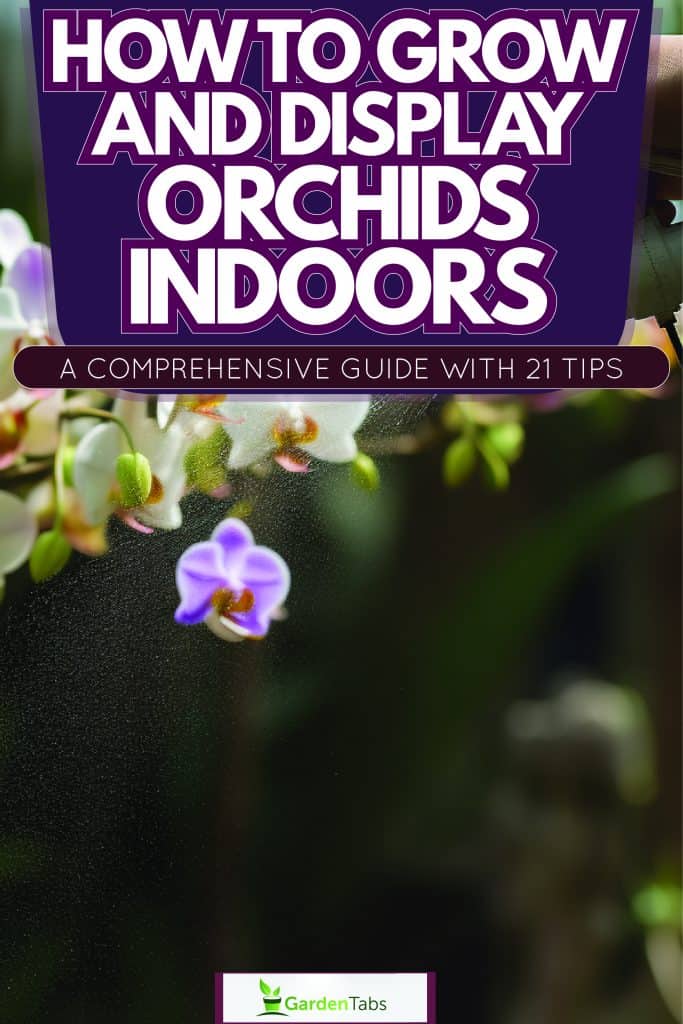
After thy Blom do you cat anything